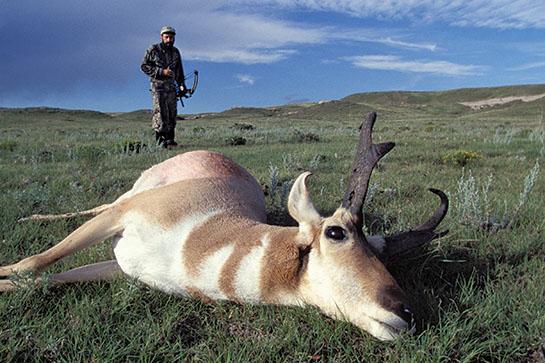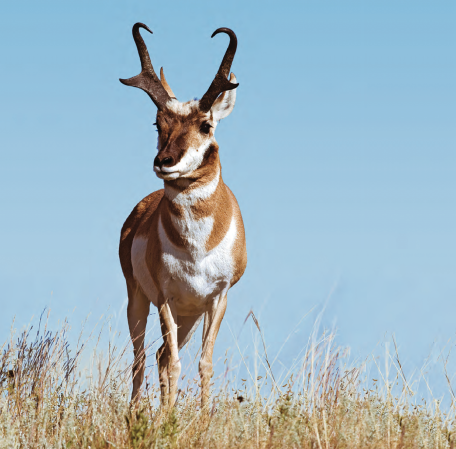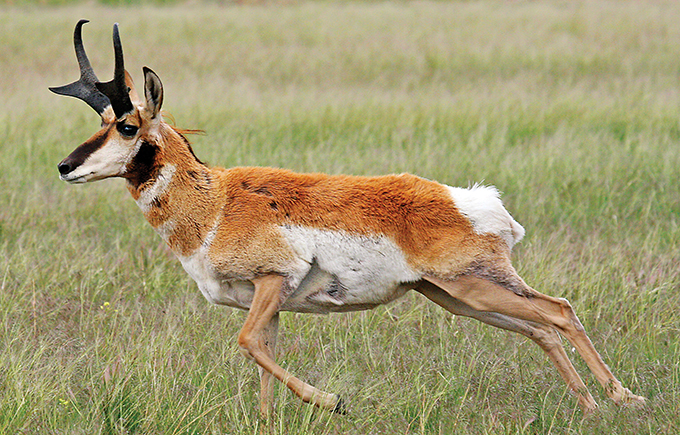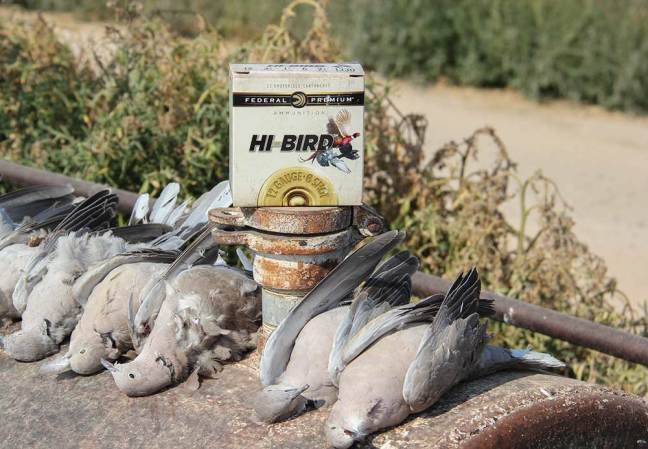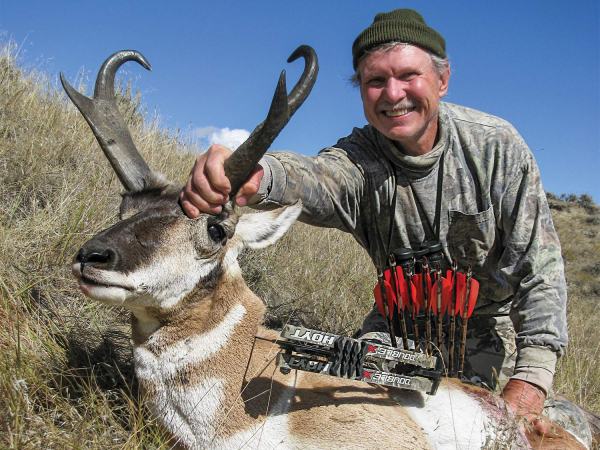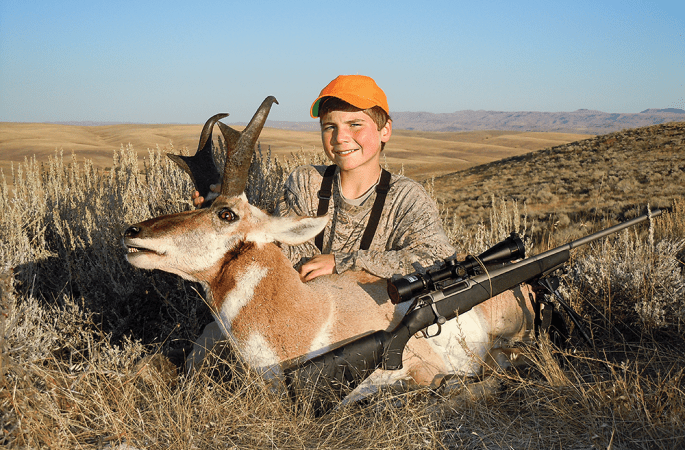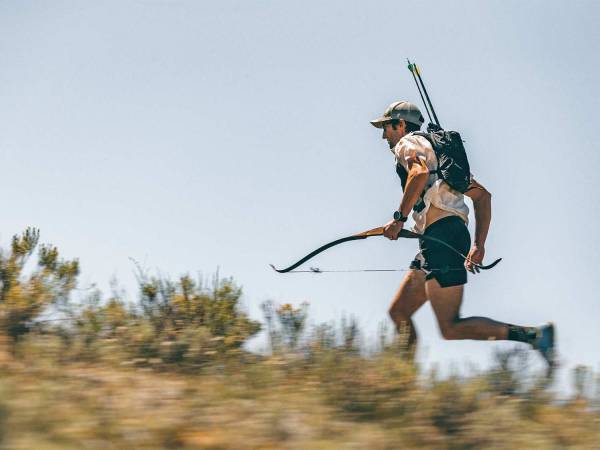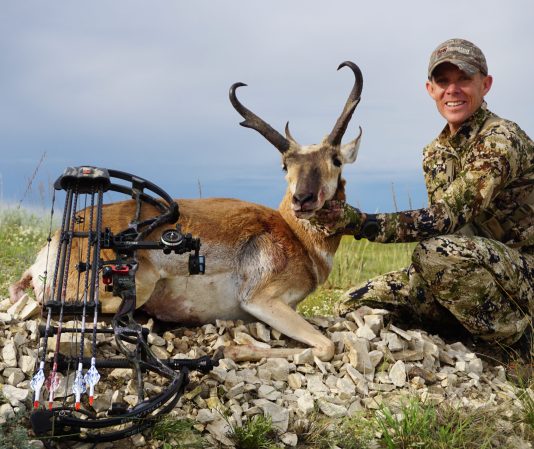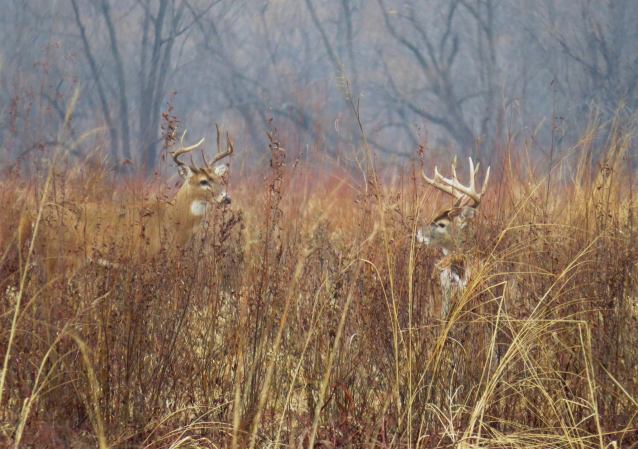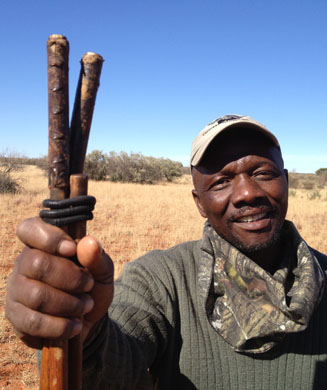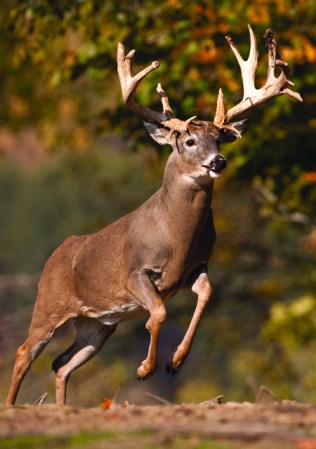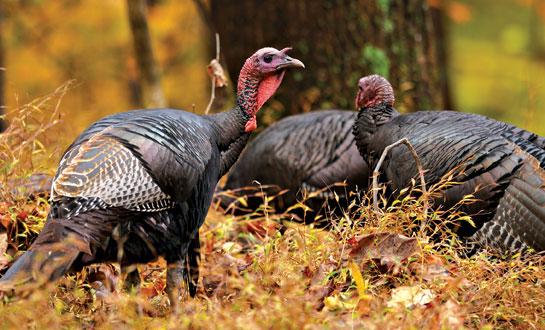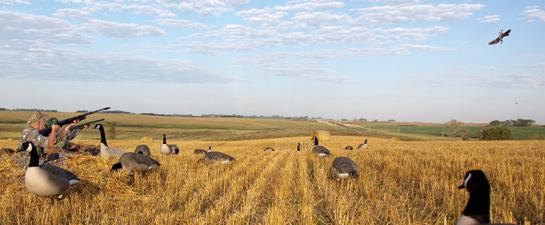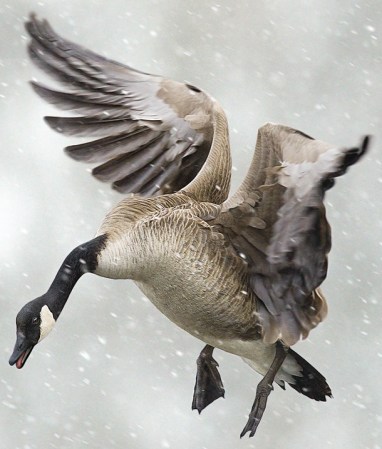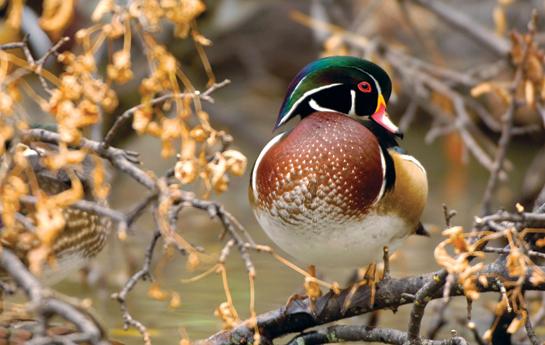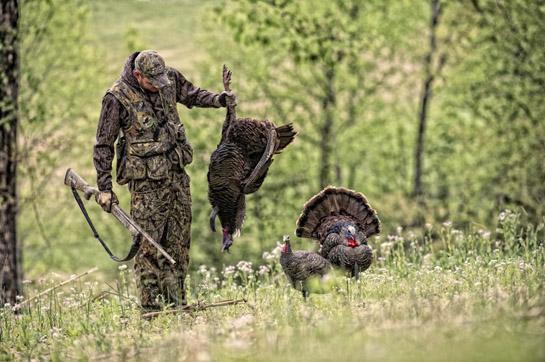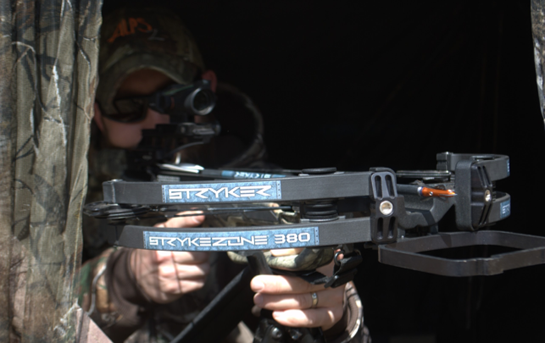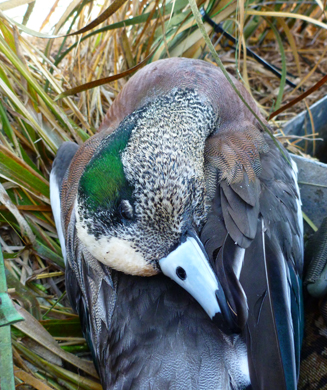If you’re a bowhunter, hot weather and wide-open spaces complicate early-season antelope hunting. To get the job done, you must have a trick or two up your sleeve. Steve Fernandez from southern Colorado has a couple to share.
Fling Some Dirt
Like many pronghorn aficionados, Fernandez is a big fan of antelope decoys–with a few personal touches of added realism.
“I walk and glass until I locate a buck,” he says. “I’ll try to get to within a couple hundred yards before I break out a decoy. Most hunters just sit behind the decoy and wait. I move the decoy up and down, and move one of my hands in the dirt to stir up a dust cloud so that the buck can see it.”
Like whitetail deer, mature pronghorns are very territorial. They also make scrapes to mark their ground.
“The dust and dirt that get thrown up in the air make it look like another buck is making a scrape in his area,” Fernandez adds. “When a big buck sees me doing this with my decoy, he often comes on a dead run to fight the smaller buck. As soon as I see him commit, I set my decoy up in one spot and hide behind it. A buck will usually stop at about 40 yards to check things out. When he does, I draw and shoot. This type of setup works well in open areas, where sneaking in on them can be very difficult.”
Water Works
Hunting over water is another effective way to bowhunt antelope, but Fernandez takes it to the next level.
“Lots of people hunt pronghorns over water,” he says. “As a result, bucks can often be spooky on their approach. They are very jumpy. What I do to make sure I eventually get a shot is sit over water from an hour before daylight until long after daylight is gone. The last thing I want is for a buck to see me coming or going to my blind–it makes him nervous about coming to water. So I bring a lunch, several magazines, and a cooler full of ice-cold drinks to keep me hydrated all day. I dig a pit nearby for taking care of business. I stay for the entire day no matter how hot it gets. I think that’s why I’m successful. Most bowhunters head home during the heat of the day and come back for the last hour or two of daylight. I sometimes kill my bucks in the heat of the day when a buck gets so thirsty he has to come in to get a drink.”
Fernandez puts out his blind several days before the season opens and leaves it up. He even surrounds the blind with barbed wire.
“Many bowhunters who leave a blind out return to their hunting location a few days later only to discover that cattle have messed with it,” he adds. “Sometimes they break the blind and tear things up, which can ruin a good day of hunting. I drive T-posts in the ground and put a barbed wire box around my blind so when cattle approach to get a drink, they leave the blind alone. The pronghorns are accustomed to seeing the post and the fencing, so they don’t pay much attention to the blind after a few days.”
Fernandez likes to have his blinds 20 to 30 yards from the water tank or water hole he is hunting over.
“When a buck comes in, I let him take a couple of drinks before I shoot him,” he says. “Moments before they take the first drink, they are always nervous. The second drink is always a long one and they are more relaxed. I’ll give them a little time and then I let the arrow fly. It’s a little tip that works.”
